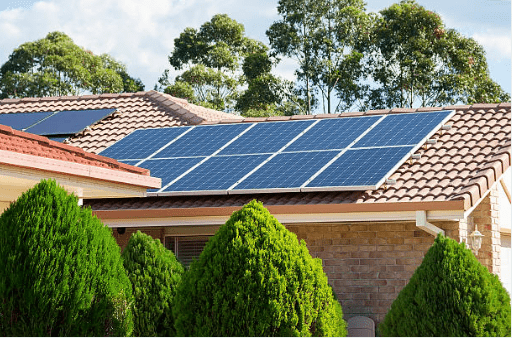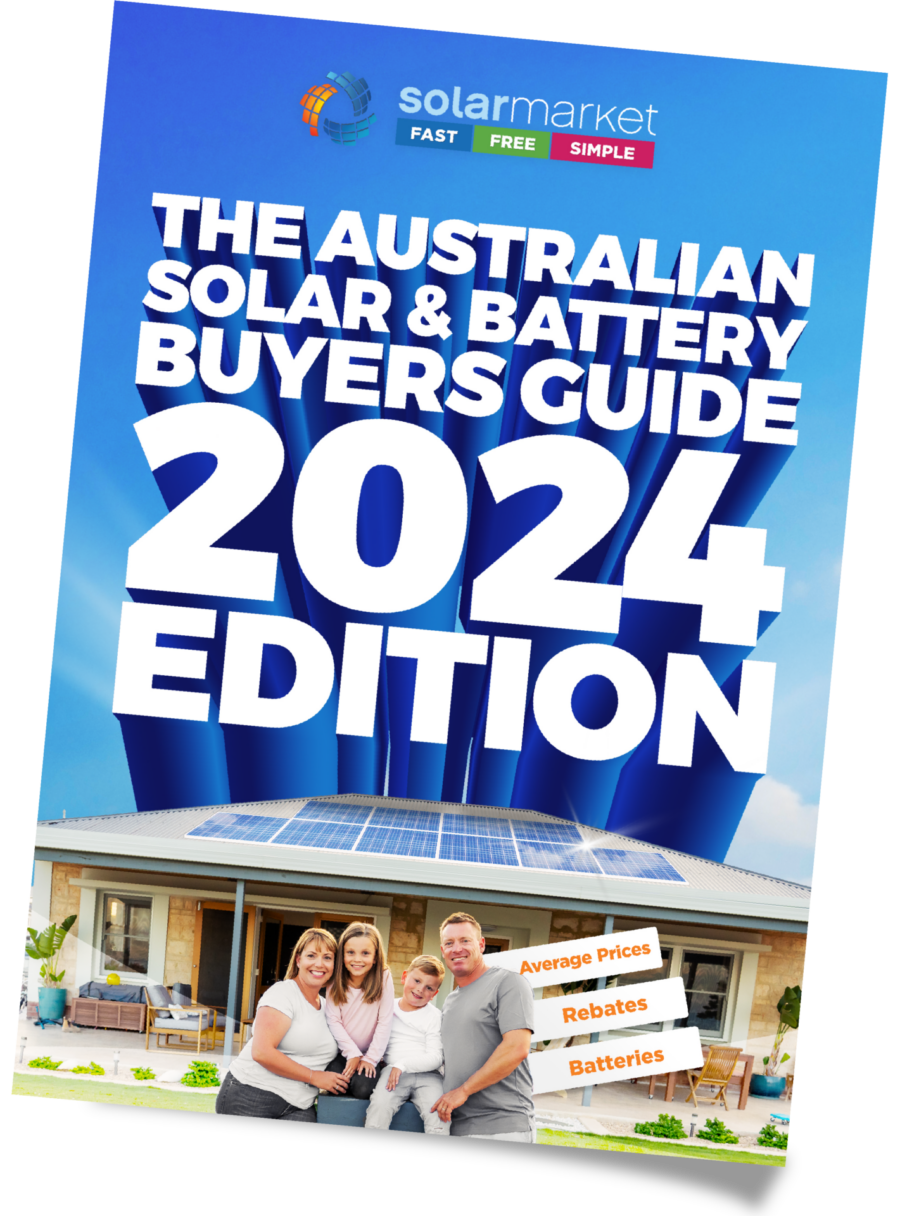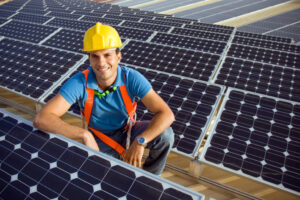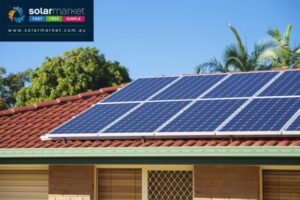2017 was the busiest year on record for solar installers nationwide with homeowners and increasingly businesses embracing the technology as a way to guard themselves against the massive increases in energy prices already experienced and those still to come. Over the last 2 years, power prices have increased by between 150% and 240% in the eastern states of Australia.
In 2017, there was over 1.05GW worth of residential solar installed which is an astonishing 50% increase on the year before. 2017 also broke the record for total solar installed in a year, 2012 was the previous record.
Along with record power prices, rebates have also provided an incentive to install with the federal govt STC program contributing a significant amount towards the price of both residential and commercial systems.
The scheme is open to all homeowners, is not means tested and is given as a point of sale discount by installers.
An STC is generated when a solar system is commissioned and is a way for large energy generators to offset their carbon pollution by effectively paying homeowners to generate clean energy on their behalf. The rebate is worth about $650 per kW installed which is based on the current STC price of $38.50. The scheme runs until 2032 and will reduce by about 8% per year.
On top of the rebate on the initial install cost, homeowners are also paid a Feed in tariff for the excess energy generated by the system that isn’t used in the home during the day.
While this feed in tariff has been reduced over the years, it’s still in the range of between 7c and 16c depending on who your retailer is. Because this rate is below what you pay for your energy, the incentive is now to use your non time dependent appliances such as washing machines and dishwashers where possible during the day so that you use your own power for free rather than buying from the grid.
Systems now start from around $3,000 for a 3kW system and a decent quality 5kW system can be had for around $6,000 out of pocket.
Taken together, through reduced power bills and revenue from the feed in tariff, systems in most instances will pay for themselves in anywhere between 3 and 8 years, which equates to returns on investment of between 15% and 30% per annum.
Purchases of batteries have also exploded in 2017 and will continue to do so in 2018.
With power prices expected to increase further over the coming years, now has never been a better time to find out how installing a solar system can reduce your power bills for many years to come.










